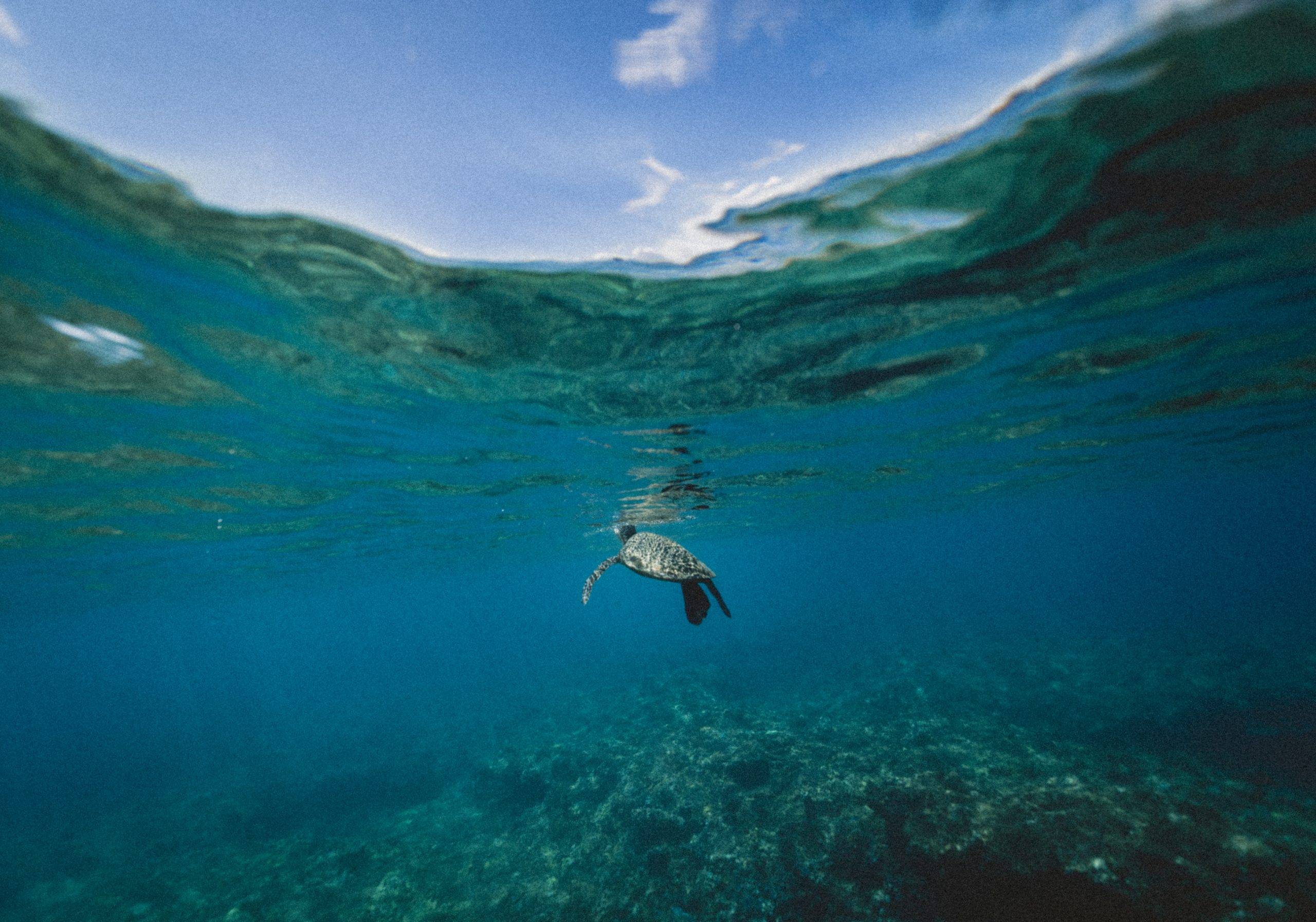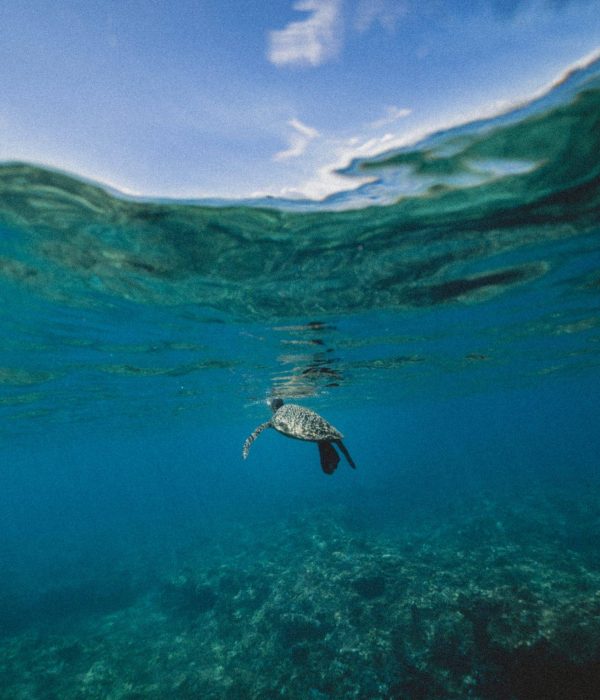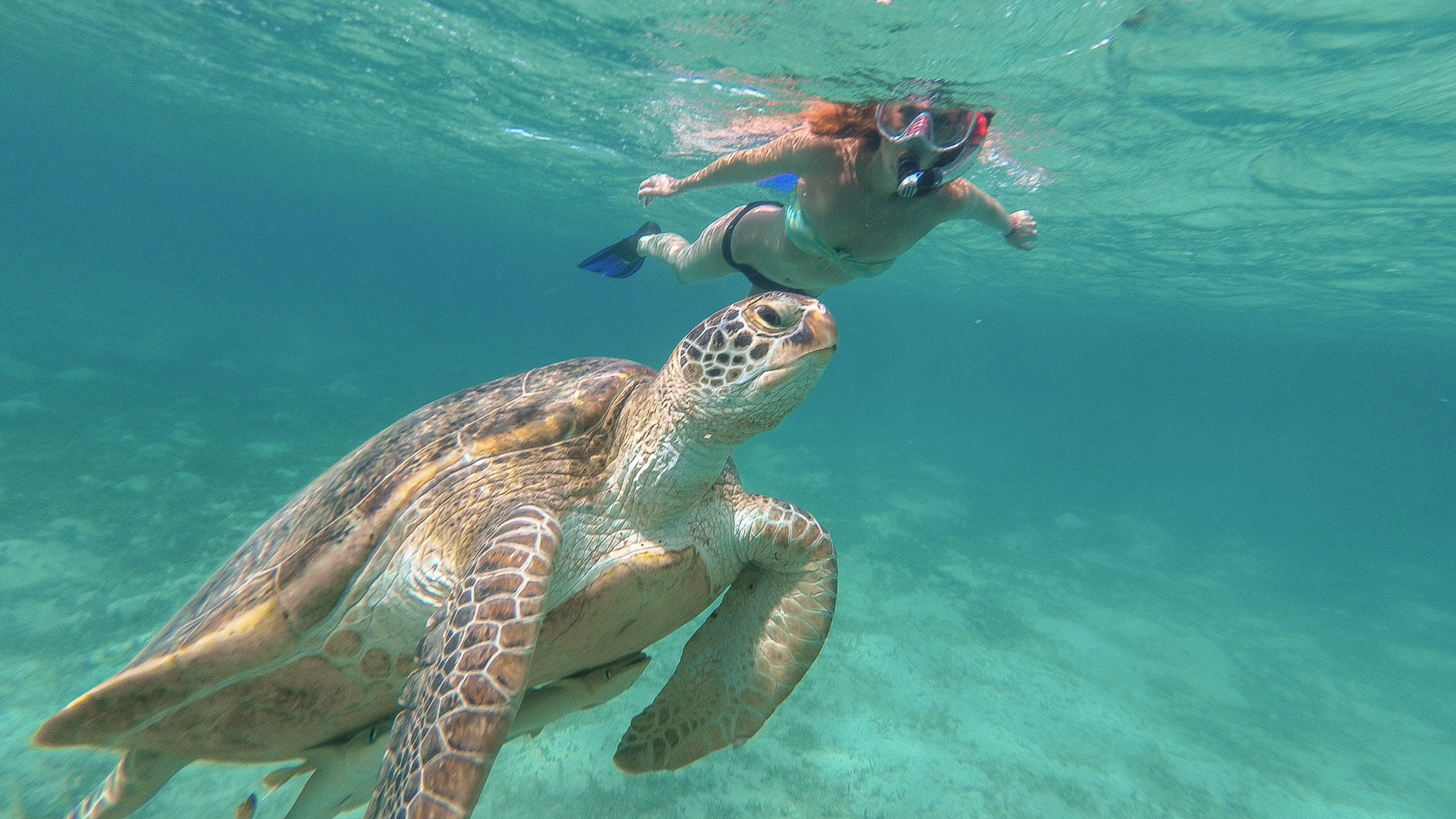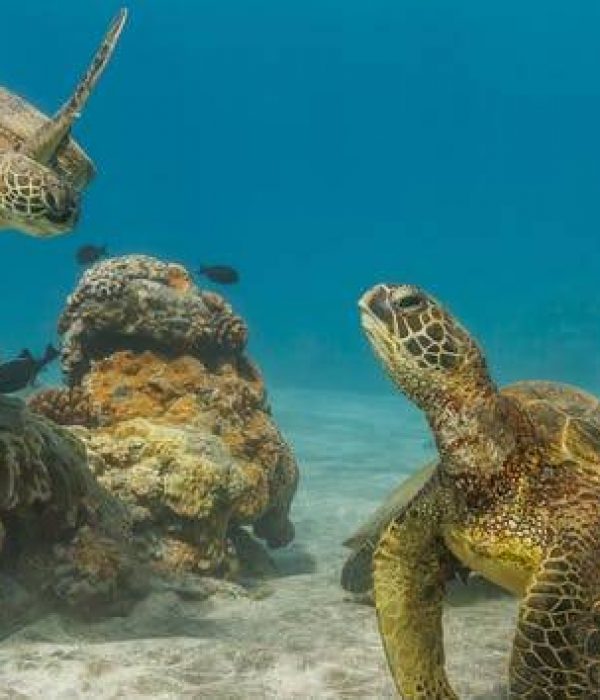Turtle Town, Maui
Searching Availability…

SNORKEL TOUR / LESSON TIMES
Early Morning
Kayak 7 AM Outrigger Canoe 7 AM SUP 8 AM
Late Morning
Rare
Afternoon
N/A
CLOSEST TOWN
Makena
MAUI REGION
South Maui
Turtle Town is one of the most popular and recommended snorkeling destinations in all of Maui. Located conveniently along Maui’s south shore, Turtle Town is a wonderful place to witness a wide variety of marine life, some of which is endemic to Hawaiian waters and found nowhere else on Earth. On your next trip to Maui, we encourage you to join us to explore what makes this area so unique. Perhaps best of all, turtle sightings are guaranteed!


